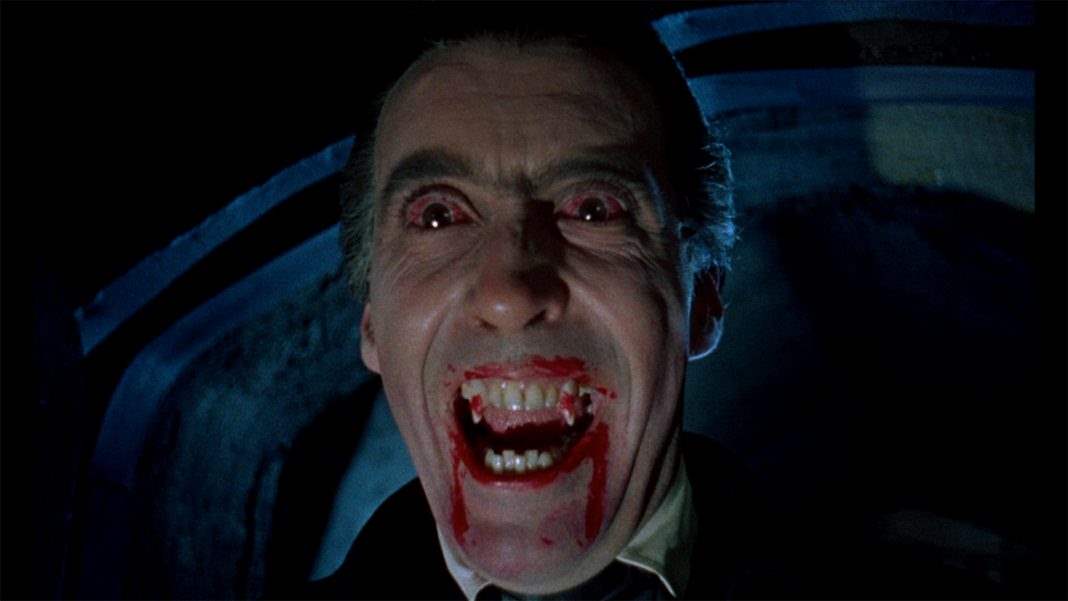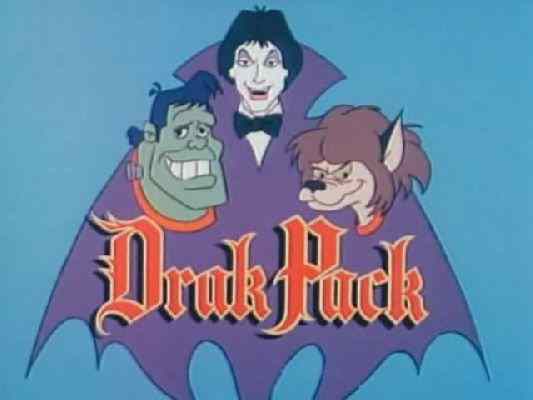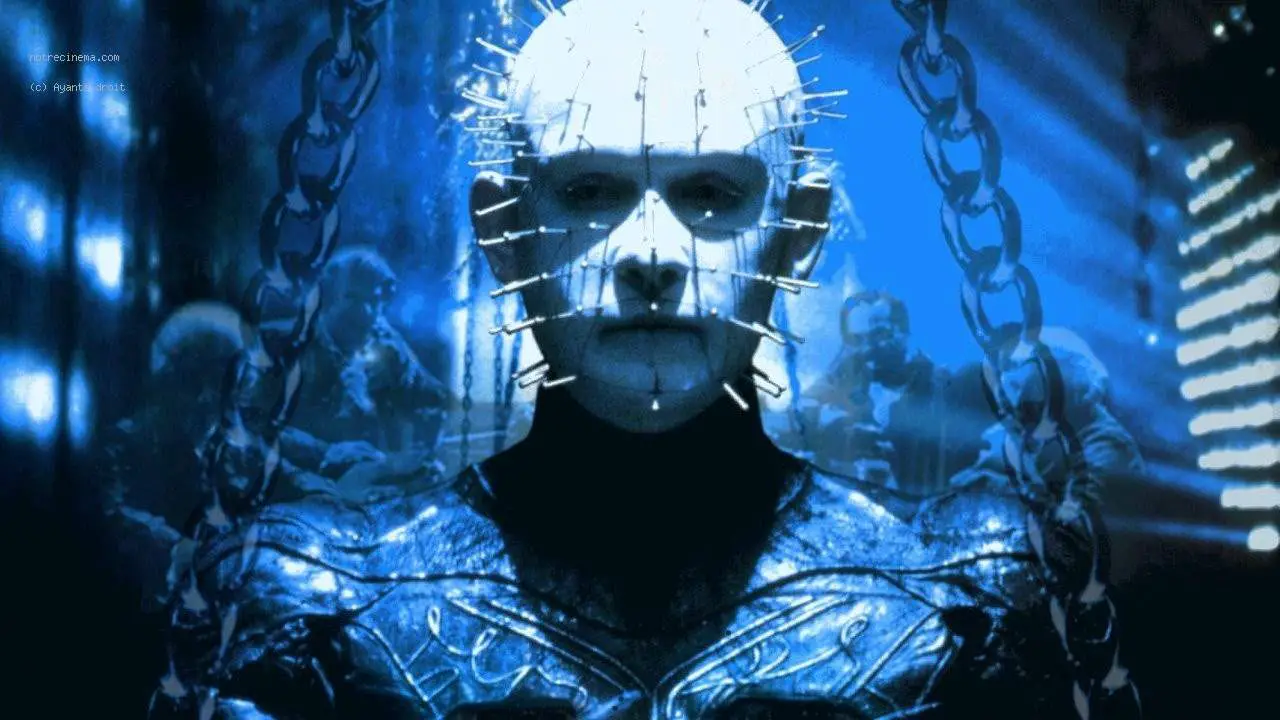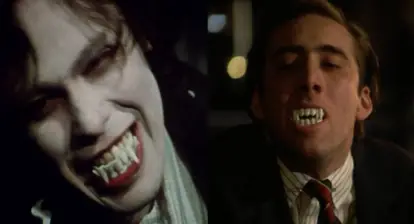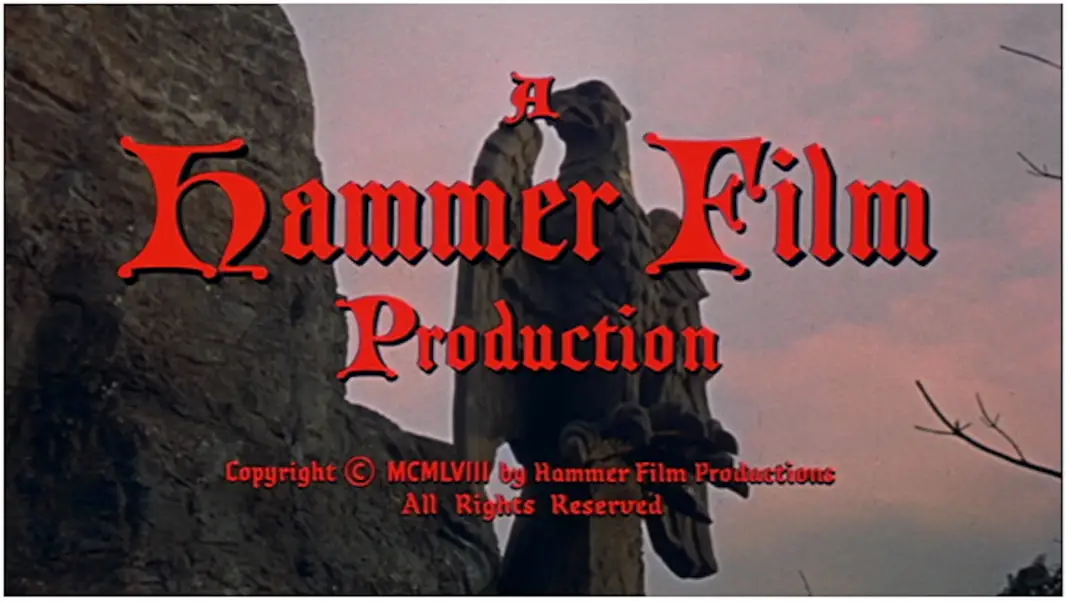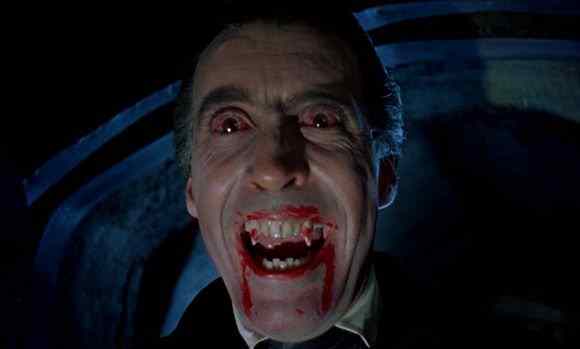Dracula’s suffered a lot in his long life. He’s been around the block quite a few times, and with over a hundred adaptations, there have been some inventive means of dispatching the vampire—as well as a few embarrassing ones. Most of them have differed from the death of the Count in Stoker’s original novel and have wisely chosen to go their own way. There are a lot of supposed ways of dispatching vampires and these movies have put nearly all of them to use, and some to great effect.
My top Dracula deaths…
5. DRACULA (1979)-
Dracula is so much the hero here that in this film he is actually the one who stakes Van Helsing. It’s a major climax, even if Harker seems added to it as a climax. They come aboard the ship carrying Dracula and Lucy back to Transylvania, and they open up the box. Dracula fights back, naturally, stakes Van Helsing and then goes after Harker and Seward. Van Helsing then throws a hook into the Count’s back and Harker raises him up into the rising sunlight. He blisters, burns and—for some reason—ages in the sunlight and it looks like this is the end of Dracula. But this is the Count as antihero, so just after his supposed death, Lucy looks to the sky and sees Dracula’s cape appearing to fly away in the breeze. She smiles. It’s a sendoff in typical romantic hero tradition.
4. BRAM STOKER’S DRACULA (1992)-
Major points for this one for actually sort of adapting the ending of the book. Dracula has his throat slit by Quincey Morris and is stabbed in the heart by Jonathan Harker. That’s where the action wraps up in the novel. But most of this movie focused on a romantic subplot between Dracula and Mina, so it was only right that the movie ended with them. After being wounded by the throat slitting and stabbing, Dracula limps back into the castle where he lies down to die. Mina follows him in and the others let her go. In this adaptation, Mina is the reincarnation of Dracula’s long-lost wife, who died in his arms. The parallel may be heavy-handed, but it’s nonetheless strong as she goes to him as he dies and finishes the job by decapitating him. She then looks up to see a mural painted on the ceiling of Vlad holding his dead wife.
3. DRACULA: PRINCE OF DARKNESS-
Dracula: Prince of Darkness is probably the most imaginative of the Count’s onscreen deaths. It follows on the folklore that vampires cannot cross running water, which is definitely a more underused method in film. They chase Dracula across a frozen stream and begin to shoot at the ice as he crosses. The ice begins to crack and Dracula is trapped. He glances around wildly, frantically. Christopher Lee was great here in his second outing as Dracula, in which he had no lines because he refused to read a word of what was written for him in the script. He is feral, almost animalistic in his performance here, which is exactly what was needed in order to work.
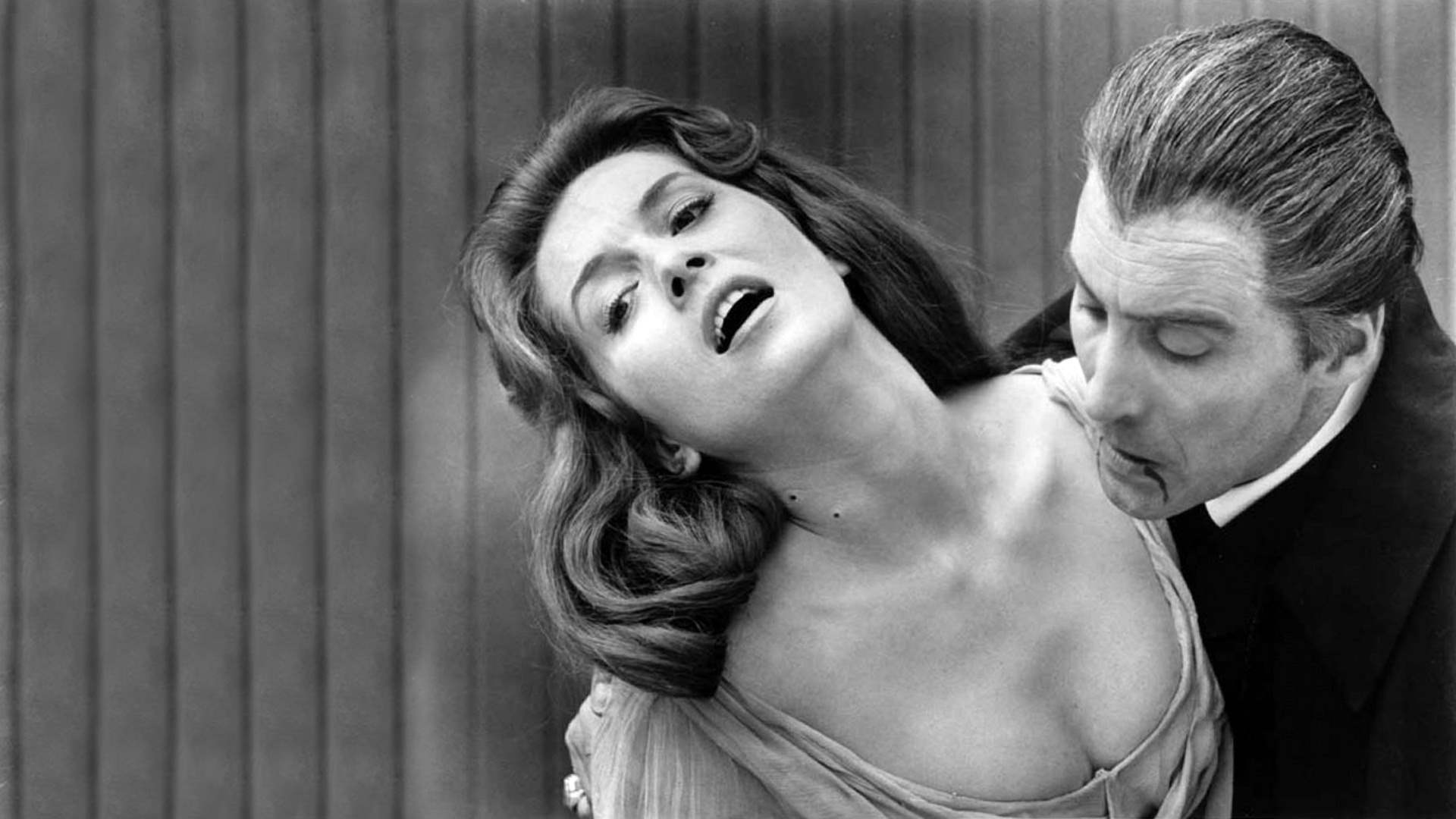
2. NOSFERATU (1922)-
The first vampire death in the first vampire movie, and it is still a timeless classic. This movie is behind the entire concept of sunlight being deadly to vampires. It had never existed before F.W. Murnau’s German Expressionist endeavor. The death is also one of the first onscreen special effects in movie history, and it still works perfectly. The vampire Orlock is cowering over his young, female prey in an iconic scene. But he miscalculated his timing and turns to see the sun rising in the window behind him. He moves in pain, startled, then simply fades away. Even after it disappears and the vampire is gone, it is still a lasting image nonetheless. And one of the most iconic of all time.

1. HORROR OF DRACULA (1958)-
This is the ultimate. This death was powerful and action-packed at the same time, perfect for an adaptation following the 1931 movie, in which Dracula was killed off-screen. Van Helsing chases the count into the castle and then proceeds to chase him through the halls of the castle as Dracula tries to retreat to his coffin. With no more weapons at his disposal, Van Helsing positions two large candlesticks in the shape of the cross and holds it up to force Dracula into the sunlight, where he is then burned to ash. There’s not a word of dialogue in this whole sequence, yet it is portrayed by two of the all-time great actors. They convey everything that they have to say without speaking.


